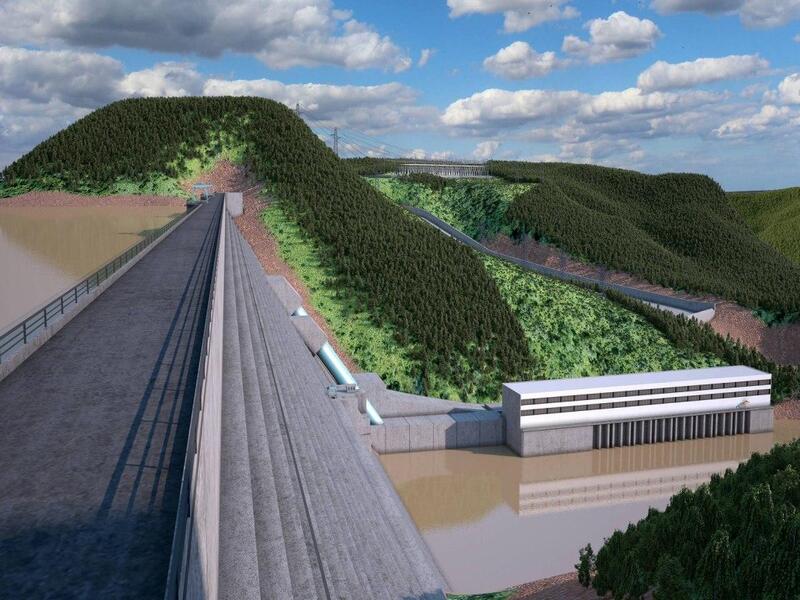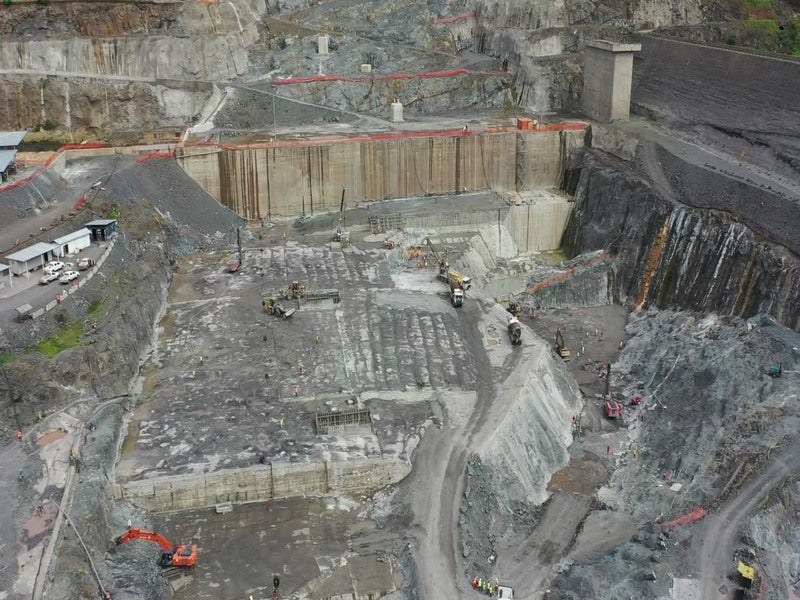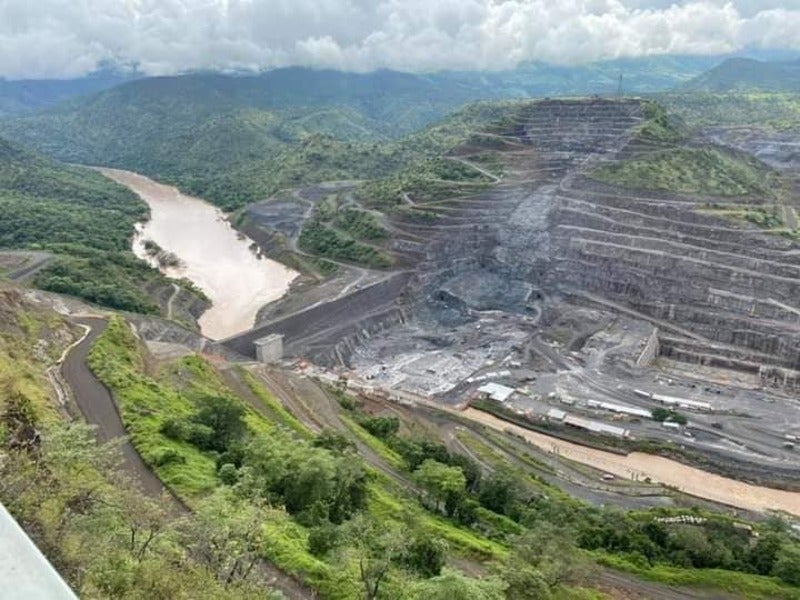The Koysha hydropower project is a 2.16GW hydroelectric facility under construction on the Omo River in the South West Region of Ethiopia.
State-owned public utility enterprise Ethiopian Electric Power (EEP) is developing the project with an estimated investment of £1.93bn ($2.80bn). The civil construction works on the project were started in October 2016.
Once completed, the Koysha hydropower project is expected to generate up to 6,460 Giga watt-hours (GWh) of electricity, while offsetting approximately one million tonnes (Mt) of CO2 annually.
Location and site details
The Koysha hydroelectric power project is located on the Omo River, in the South West Region of Ethiopia, approximately 370km southwest of the capital city Addis Ababa. The other hydroelectric facilities built on the Omo River include the Gigel Gibe (200MW), the Gibe II (420MW), and the Gibe III (1,870MW) power stations.
Koysha hydroelectric power plant make-up
The Koysha hydroelectric power project comprises a 180m-high, roller-compacted concrete (RCC) gravity dam, and a 250m-long, 41m-wide, and 60m-high surface powerhouse equipped with eight Francis turbine units of 270MW rated capacity each.
The RCC gravity dam with a crest length of 990m will create a reservoir capacity of nine billion cubic metres (bcm). The project also features a 330m-long and 42m-high cofferdam.
The main dam will have six spillway gates, 20m-wide and 17m-high, with a discharge capacity of 13,100m3/s. The project also involves the construction of a diversion canal and two 6m-diameter middle-level outlets embedded in the dam body to control the reservoir level.
The power station will utilise three 650m-long steel penstocks, one of which will be lowered to facilitate early power generation using the first two units during the first impounding.
The other electrical component of the power station includes a total of 24 transformers, including three single-phase 400kV transformers and a switchyard.
Ancillary infrastructure facilities
The ancillary infrastructure facilities for the Koysha hydropower project will include a bridge over the Omo River, temporary and permanent camps, access roads, a landing strip, as well as crushing and batching plants.
Power evacuation
The electricity generated by the Koysha hydroelectric power station will be evacuated into the grid through a 400kV overhead power transmission line.
Financing
Italian export credit agency Servizi Assicurativi del Commercio Estero (SACE) agreed to provide £1.15bn ($1.68bn) of financing for the Koysha hydroelectric power project in April 2016.
Contractors involved
Italian construction and civil engineering company Salini Impregilo (now Webuild) signed an engineering, procurement, and construction (EPC) contract for the Koysha hydropower project in May 2016.
Studio Peitrangeli Consulting Engineers were subcontracted by Salini Impregilo for the engineering services and technical supervision of the project. The scope included pre-feasibility and feasibility studies, as well as the basic design of the power project.
Pizzi Instruments was subcontracted by Salini Impregilo for the supply of monitoring instruments, including vibrating wire piezometer, CUM3000 datalogger, and meteorological devices in July 2016.
Tractebel Engie was selected as the project consultant by EEP for the Koysha power station, while VAW was subcontracted to perform physical model tests on the middle-level outlets, along with the jet trajectories and scour formation in the downstream section.
Stantec was selected for the contract management services for the Koysha hydroelectric power project.





